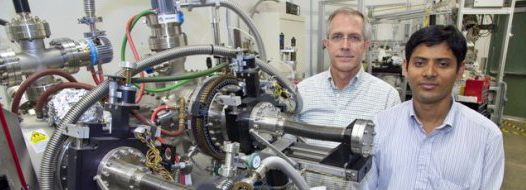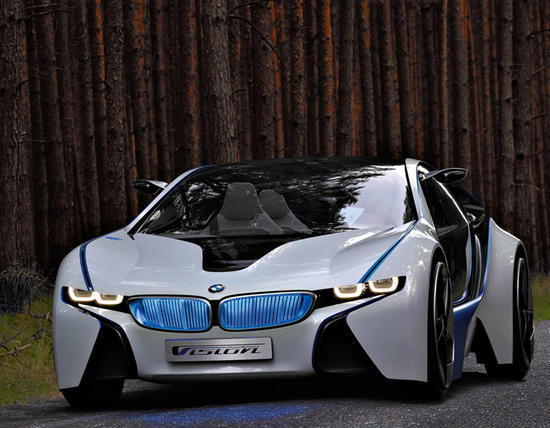Happy 4th of July Weekend - Wear Sunblock
Friday, July 2, 2010, 10:04 AM
Posted by Administrator
I've said it before and I know I will say it again, wear sunblock.
Another note about the sun, it gives us vitamin D. Our vitamin D needs vary with age, body weight, percent of body fat, latitude, skin coloration, season of the year, use of sun block, individual reactions to sun exposure, and our overall health. As a general rule, older people need more vitamin D than younger people, large people need more that small people, fat people need more than skinny people, northern people need more than southern people, dark-skinned people need more than fair skinned people, winter people need more than summer people, sun-phobes need more than sun worshipers, and ill people may need more than well people.
Here are some basic tips about getting your vitamin D safely:
* Treat direct sun, (without sunscreen) like medication, using the lowest dose necessary, but don't avoid it completely.
* Always avoid sunburn.
* Get 15-30 minutes of unprotected sun exposure two to four times a week. Each of us has different needs for unprotected sun exposure to maintain adequate levels of vitamin D.
* Get frequent, short exposures. Regular short exposures have been found to be much more effective and safer than intermittent long ones.
* Note that you cannot generate vitamin D when sitting behind a glass window, because the UVB rays necessary for vitamin D production are absorbed by glass.
* After your 15-30 minutes of sun-block free time in the sun, you must protect yourself.
* Boost your "internal sunscreen" by consuming anti-oxidants and beneficial fats.
* Wear sunblock



 Calendar
Calendar




